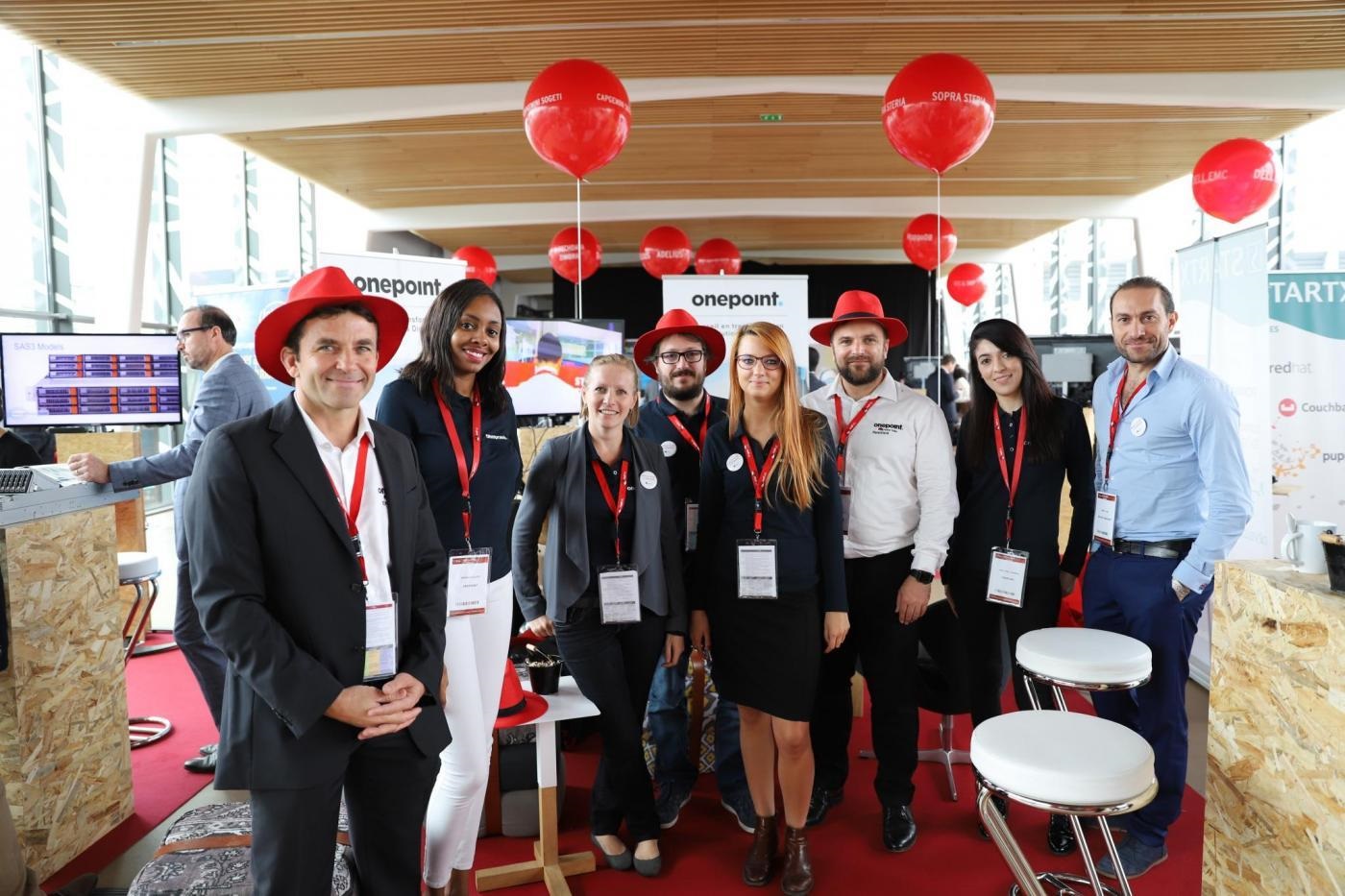Dominique Clairac, Leader at onepoint’s South-West community and an OpenShift certified expert, helps companies to digitalize business processes and implement their DevOps strategies. He is also behind the idea of MultiPaaS, and in this article he explains what this project is all about.
How did you come up with the idea for MutliPaaS ?
We have been working with RedHat for several years now in order to implement OpenShift platforms for our common clients. Throughout this time, we have understood the importance of change management, since these platforms represent a dramatic break from traditional approaches to development, deployment, and even project management.
Many companies believe that they will achieve DevOps through technology, and subsequently end up with a continuous delivery platform that doesn’t actually meet their needs. For instance, we noticed that companies that deployed a container orchestration platform such as OpenShift or Kubernetes, but didn’t deal with it as part of a larger transformation program, often found themselves with a largely underused and technically complex tool. We wanted to avoid this by offering a simple way to use such platforms efficiently while taking into account the challenges posed by hybrid cloud.
We set out to create a demonstrator to find out the most adequate architecture to meet the existing needs and identify technical challenges. From the beginning, we decided to take into account the fact that the development and deployment chain would be spread across several platforms, regardless of their location (cloud, on premise, etc.). A native feature of containers is that they are easy to move from one platform to another as long as they don’t contain any data, and this opens new possibilities for companies that choose to evolve towards this deployment mode.
While we were developing the demonstrator, we realized that businesses could also use our solution for other purposes, for example to harmonize outsourced developments with those done in-house and automate their delivery. The demonstrator was first showcased at the Paris RedHat Forum in 2017, then at the Cloud Expo Europe. We received very positive feedback and several clients asked us to help them implement a similar tool in their IS. However, there’s some distance between a demonstrator and a reliable application, so in 2018 we decided to bridge the gap. We took some time to correctly identify, understand, and prioritize our clients’ expectations before setting up a project team and heading off on the adventure.
Could you explain how the application works ?
With MultiPaaS, you can create development chains easily and quickly, including the environments and tools required for developing, testing and releasing applications.
You can think of MultiPaaS as a service catalog intended for project managers. But, where typical catalogs would enable to deploy a container, MultiPaas generates all the environments needed to go from the idea through to the deployment of the application without having to tackle technical and repetitive tasks, like creating all the items, managing rights, or configuring triggers at all.
Only three steps are required to create a new project:
- The user chooses the project’s quickstart and enters basic details (project name, description, etc.). A quickstart corresponds to a sample source code, like “hello world”, that respects the company’s rules and good practices. It’s enriched with metadata that indicate the build and deployment modalities on the target platform.
- The user selects a workflow for deployment. A workflow is a template containing the different environments that need to be created (Dev, QA, Pre-Production, Production), the order in which they appear, and the rules that determine when to pass from one environment to another. Workflows can be customized, and it’s also possible to select a blank workflow to make it up from scratch.
- The user can then choose the PaaS platform for each environment in the selected workflow. A PaaS platform is an OpenShift platform, wherever it’s hosted (on premise, hybrid cloud, web host…).


